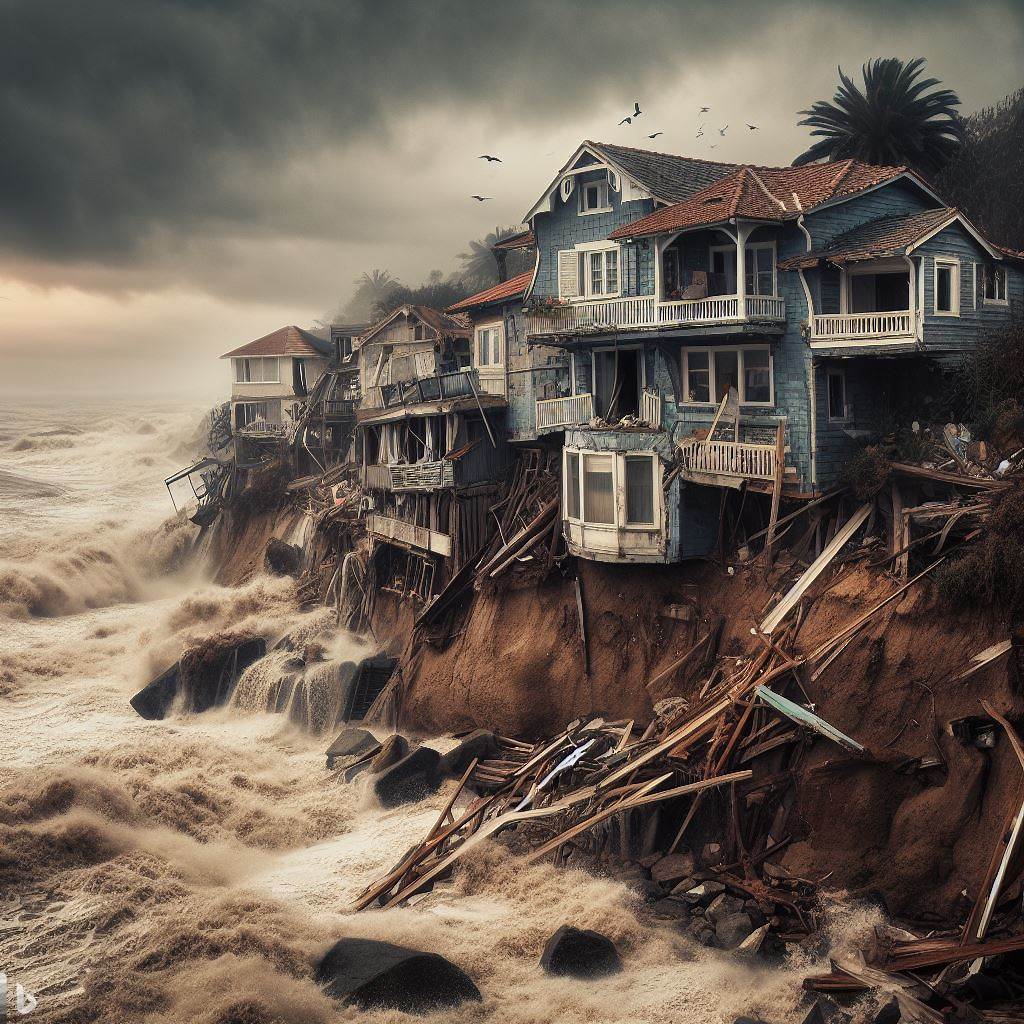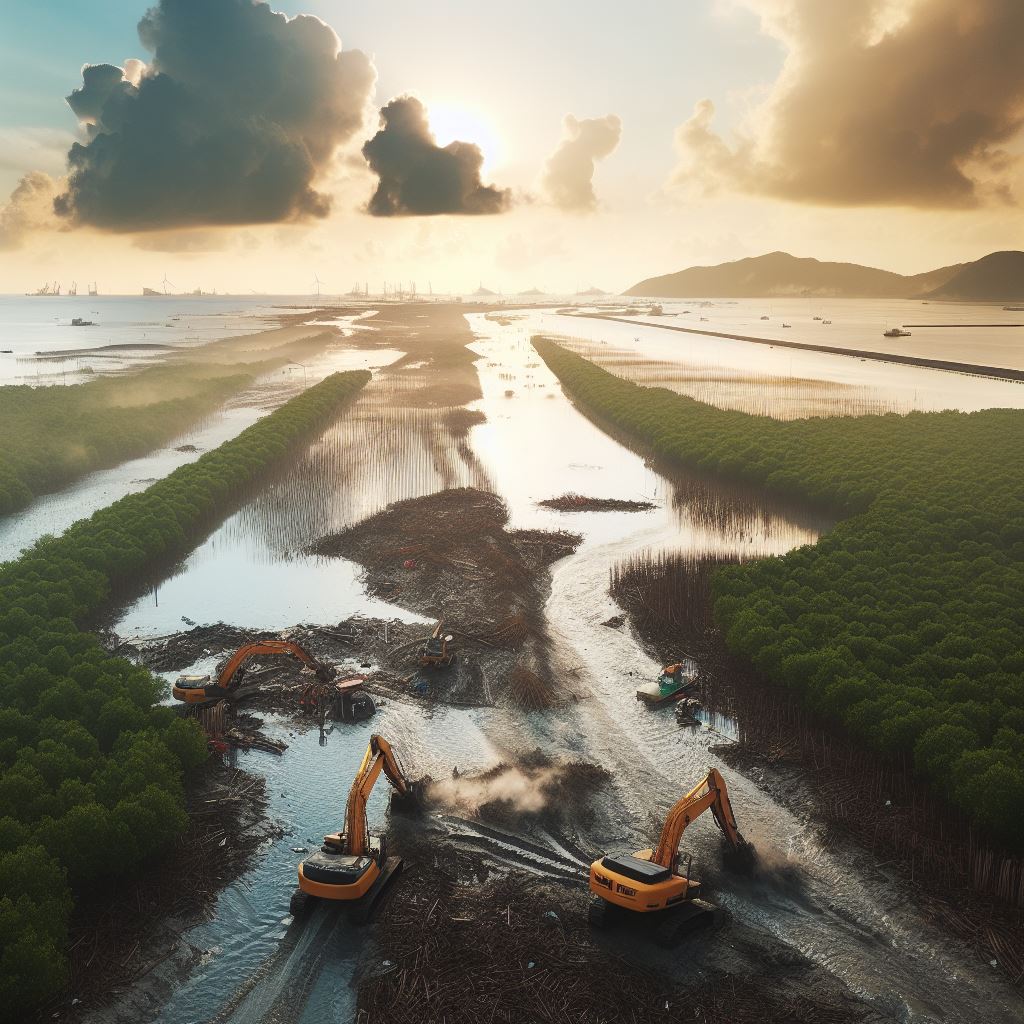Coastal Mangrove Wetlands
Sea-level rise

Studying the impacts of SLR is crucial for understanding coastal changes and developing effective strategies for mitigation and adaptation. My research focuses on understanding how SLR influences coastal systems, with a particular emphasis on the vulnerability of mangroves and the stability of coastlines.
Storms

Understanding how storms influence shoreline stability and coastal sediment transport is crucial. My research addresses this knowledge gap by utilizing numerical models and field observations to investigate the dynamics of the coastal system during storms.
Human activity

To better understand the impacts of human activity on coastal evolution, a combination of numerical model, field measurement, and data analysis techniques have been applied. I aim to assess human intervensions on coastal evolution and wetland dynamics.
Anthro-bio-morphodynamic feedback
Coastal evolution is a nonlinear process that involves multiple interactions and feedback among physical, biological, and anthropogenic factors. Coastal environmental conditions, such as tides, waves, and sediment, vary with space and time, creating diverse and dynamic coastal landscapes and ecosystems. Climate change and human interventions, such as sea-level rise, storm waves, coastal engineering, and land-use changes, play an increasingly important role in shaping the coastal system evolution and wetland dynamics, such as mangroves and salt marshes. These factors can affect the morphology, hydrodynamics, and ecology of the coast, as well as the services and functions it provides.
To better capture future coastal evolution, I aim to understand the theory behind the anthro-bio-morphodynamic feedback, taking into account the effects of human activity, vegetation dynamics, sediment transport, and climate change in the coastal evolution.
